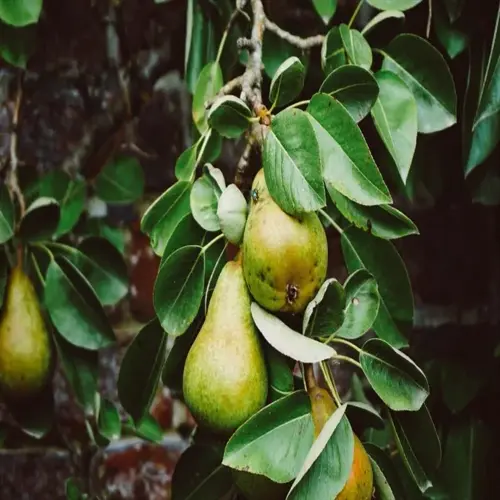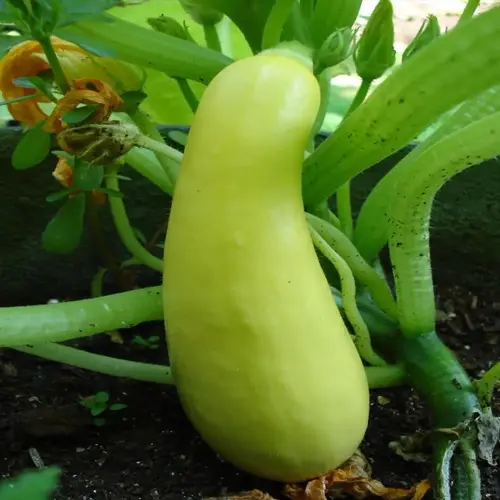What happens if bulbs are planted upside down?

Written by
Kiana Okafor
Reviewed by
Prof. Charles Hartman, Ph.D.Accidentally placing bulbs upside down occurs more frequently than one might think, especially when planting bulbs of different shapes. Most bulbs are gravitropic and will be able to orient themselves. The tip (pointed end) should be upward, and the root plate should be heading downward. Bulbs can self-correct and, to some degree, prevent the majority of planting errors.
Gravitropism directs the orientation of bulbs using specialized cells. Amyloplasts drop in the roots, causing downward growth. Statocytes in shoots sense upward direction. As such, these mechanisms function best with sideways planting in the absence of orientation. After losing a few ranunculus to upside-down planting, I now plant them on their sides.
Prevention Techniques
- Identify basal plate (root area) before planting
- Plant ambiguous bulbs like anemones sideways
- Use orientation markers on planting tools
- Create planting diagrams for complex varieties
- Soak bulbs before planting to plump identifying features
Intervention Steps
- Monitor for delayed emergence beyond 3 weeks
- Gently excavate soil around suspicious bulbs
- Reposition with basal plate downward
- Water thoroughly after repositioning
- Apply liquid seaweed solution to reduce stress
Identify abnormal expansion patterns that signify upside-down planting. Shoots emerging sideways or downward imply some confusion with orientation. Roots that are growing up instead of down confirm a planting error. Correct within 4 weeks post-sprouting for properly correcting upside-down planting misdirection gains without injuring developing structures.
Certain types also have unique top/bottom aspects, such as fritillaria and crown imperials. Cyclamen tubers must be concave side-up. If you're unsure, refer to your supplier's diagrams or soak the material in water to reveal the growth points. The same principle applies here, as having bulbs planted properly allows nutrients to flow freely, and ultimately, flowers develop.
Read the full article: When to Plant Bulbs for Spring Blooms

